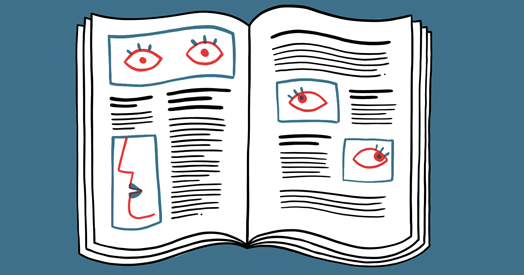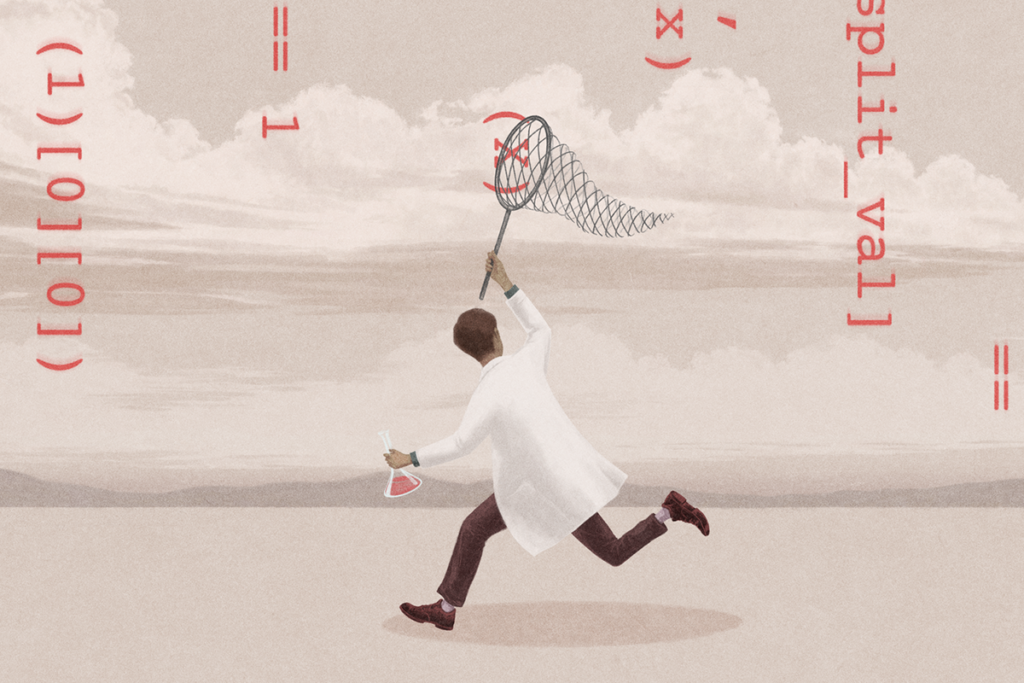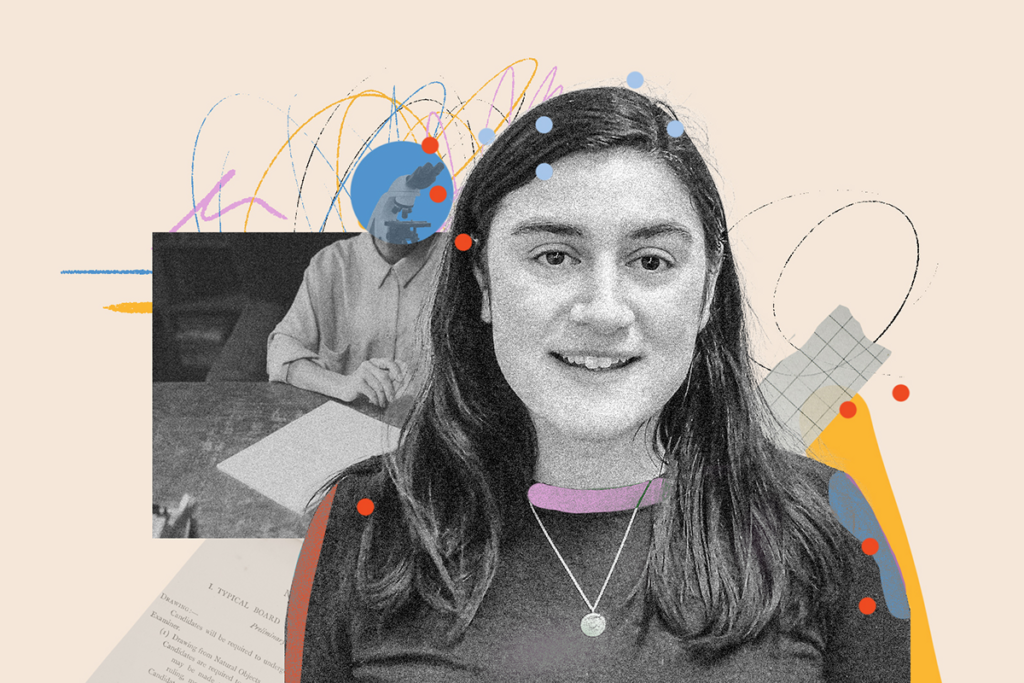
Persistent motor problems may flag autism in ‘baby sibs’
Infant siblings of children with autism who also have the condition show motor problems into their second year.
Infant siblings of children with autism have motor problems at 6 months of age, regardless of whether they have autism themselves. But at 18 months, only those who also have autism still show certain motor difficulties, such as an inability to track movement with their eyes.
Researchers presented the unpublished findings yesterday at the 2017 International Meeting for Autism Research in San Francisco, California.
Babies with autism have been shown to have trouble focusing their eyes on objects and keeping their heads from lagging behind their bodies when they sit up. In the new study, researchers set out to determine whether these motor troubles are present in their younger siblings. These ‘baby sibs’ have about 20 times the average risk of autism.
Using a standard scale, the researchers assessed the motor skills of 161 baby sibs at ages 6, 10, 14, 18 and 24 months. They made the same assessments for 57 babies who do not have a sibling with autism.
At 6 months, all of the baby sibs have trouble holding a sitting position, and grasping an object with their hands.
In a test of the ability to throw and manipulate objects, too, baby sibs score lower than controls on average. “It remains a weakness through the second birthday,” says lead investigator Rebecca Landa, director of the Center for Autism and Related Disorders at the Kennedy Krieger Institute in Baltimore, who presented the work.
Eyes on the prize:
At 6 months, all of the baby sibs also have trouble with tracking movement, Landa says. For example, the baby sibs might not be able to keep their eyes on a moving rattle. “They’re not doing that with the refined ability that is seen in low-risk babies,” Landa says.
But by 18 months, only the baby sibs later diagnosed with autism have trouble with eye-tracking tasks. With further validation, this particular feature may serve as a marker of autism in these baby sibs, well before the condition can be behaviorally diagnosed.
“If you have a motor problem, it doesn’t mean that you’re going to have autism,” Landa says. “It’s just that babies who do have autism almost all have these motor problems at 6 months, and it’s affecting multiple aspects of the developing system.”
By 24 months, all of the baby sibs still have trouble with some tasks, such as playing with toys. This suggests that not all motor problems are specific to autism, Landa says.
For more reports from the 2017 International Meeting for Autism Research, please click here.
Recommended reading

New organoid atlas unveils four neurodevelopmental signatures

Glutamate receptors, mRNA transcripts and SYNGAP1; and more

Among brain changes studied in autism, spotlight shifts to subcortex
Explore more from The Transmitter
Can neuroscientists decode memories solely from a map of synaptic connections?

AI-assisted coding: 10 simple rules to maintain scientific rigor
